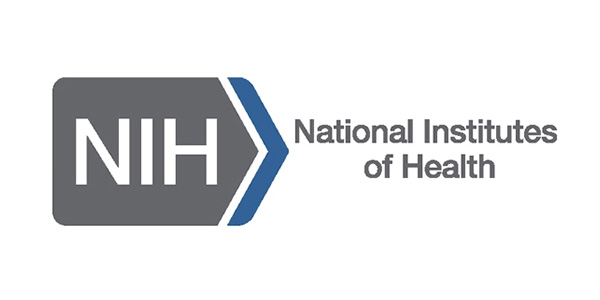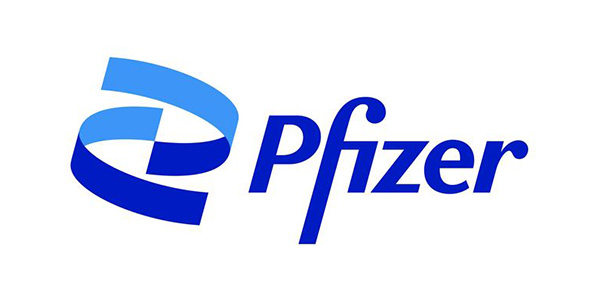PB&J - Protect Your Bones and Joints - A High School Education Program
Program OverviewPB&J (Protect Your Bones and Joints) is an educational program aimed at improving the knowledge of teens and young adults about musculoskeletal disorders and to encourage them to learn about prevention activities. Musculoskeletal disorders, such as arthritis, osteoporosis, sports and road related trauma, are among the most common conditions and reasons for visiting a healthcare professional. They can lead to time away from school, and chronic pain and disability later in life. Many of these conditions can be prevented, and measures taken to lessen the chance of occurrence. Raising awareness of these conditions in young people may allow them to live healthier, happier lives and to combat one of the largest public health problems in the United States. The Bone and Joint Initiative is a global campaign to raise public awareness of these disorders, particularly to educate the public in all walks of life about prevention. For example, it is now known that osteoporosis is not an old person's disease and is not inevitable. Osteoporosis can be prevented by building bone mass in your teen years. By the early 30's it is too late. Few people like losing height, being hunched over, and being at high risk for repeated broken bones. But only recently, did we realize the stage for osteoporosis is set in adolescent years. A similar picture is true for arthritis. Typically viewed as an old person's disease, the stage for arthritis is often set by activities and injuries occurring during younger years. Some types of arthritis can affect people of all ages.
Program FormatPB&J consists of a one-hour interactive lecture to educate teenagers on the principles and prevention of common musculoskeletal conditions. The presentation is given by healthcare professionals. Typically schools have incorporated the PB&J presentation into science or physical education classes. To evaluate the effectiveness of the program, the one-hour interactive lecture begins and ends with a quiz (10 multiple choice questions) on the principles and prevention of musculoskeletal disease. The pre- and post-lecture quizzes show how well the teens understand the concepts being presented.
Program GoalsPB&J is an excellent way to provide a public service to an important community constituency with the aim to lower the burden of musculoskeletal disease. It also provides healthcare professionals, medical students and organizations an easy prepared means to take an active part in the Bone and Joint Initiative. Students will learn:
PB&J has been developed and reviewed by a task force of individuals from various participating organizations supporting the Bone and Joint Initiative, including orthopaedic surgeons, nurses, rheumatologists, physical therapists, chiropractors, and educators. The program has been tested at 15 high schools in Ohio and Kansas, to more than 1,500 students.
TraumaAlthough some injuries are unavoidable, most are not due to "accidents" and are preventable. Musculoskeletal injuries or trauma can occur while playing sports, or as a result of motor vehicle crashes, and other potentially preventable events. Trauma is a leading cause of death and injury in adolescents. In 2002, more than 43,000 people were killed on the highways, with another 2.93 million injured. Estimates indicate that these numbers will continue to increase. Millions more people sustain injuries while playing sports. Trauma includes broken bones (fractures), joint dislocations, sprains, and strains. Learning appropriate sports and driving habits can potentially prevent musculoskeletal injuries.
ArthritisOne in five Americans has some form of arthritis; more than half of these people are under the age of 65. In addition, 8 million Americans between the ages of 18-44 have this condition. The joints in patients with arthritis lose their normal cushion, making them stiff and painful. Although some forms of arthritis are not preventable, the risk of developing the most common form of arthritis, osteoarthritis, is increased by such conditions as trauma and obesity.
OsteoporosisTen million Americans have osteoporosis. Another 34 million people are at risk for the condition. Osteoporosis makes bones weak and easy to break. 1.5 million fractures related to osteoporosis occur every year in the United States. One of the best ways to prevent osteoporosis is to develop the most bone possible during childhood, adolescence, and early adulthood. In addition, lifestyle habits developed during this time impact how rapidly bone is lost later in life. |






